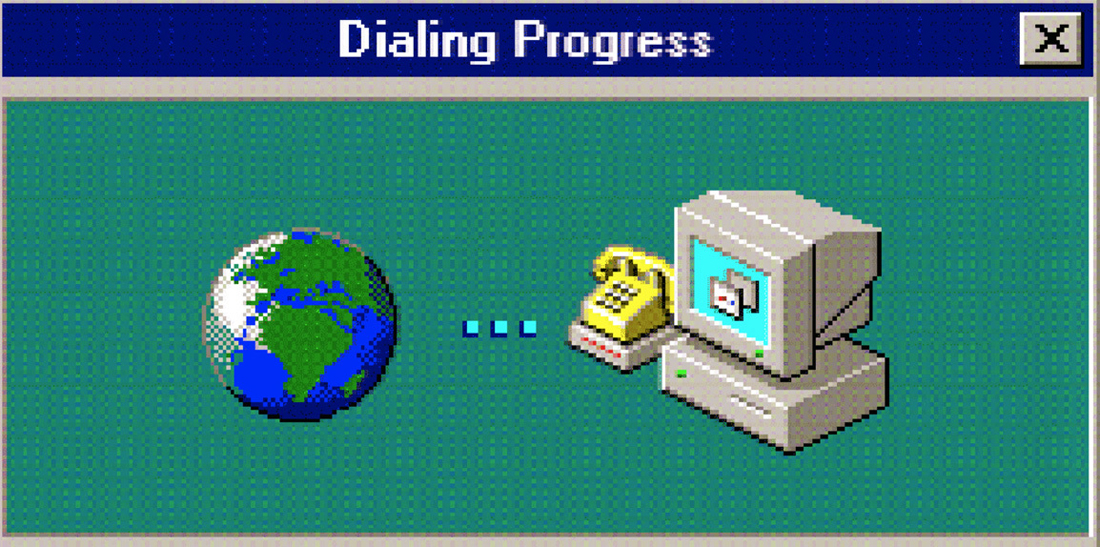
September 17, 2023
by Charles Miller
Back in the 1980s the only way to go "online" was to use a dial-up modem to connect to a Bulletin Board System (BBS). Back in those days, there were BBSs for many different areas of interest. Every month when I traveled to Dallas to attend the North Texas PC User Group meeting I'd picked up the latest list of BBS phone numbers. There were more than 500 in Dallas alone. Back home I budgeted about $100 dollars a month for long-distance telephone charges.
At every monthly Dallas meeting one of our most respected club members spoke. One of these, Dr. Andrews, held five or six degrees, half of which were PhDs, none of which were in computer science. His quick wit was legendary. At one club meeting when asked if running an errand for club business would take him out of his way, he joked "No. It's on my way to the liquor store."
Everyone listened when he spoke. I remember his views when discussing the first time the general public was allowed access to the internet in the early 1990s. "Stay away from the internet! It's nothing but a cesspool of scams and viruses." He went on to explain how it was so much safer to continue doing as we had all done in the 1980s dialing up BBS phone numbers we knew we could trust. Dr. Andrews pointed out that dialing a phone number you knew to be safe was better than this new-fangled internet thing where you had no idea where you might end up.
Today, 30 years later, the spirit of that advice still rings true. Of course today nobody uses a modem to dial a phone number anymore, but a lot of those BBS numbers evolved into web sites. AOL, CompuServe, and the North Texas PC User Group (ntpcug.org) are examples of sites that used to be accessed using dial-up phone numbers. To reach any of those sites today via the internet you need only know the name. How and where you use that name is the issue I want to address now.
A friend wanted to log into her TD Ameritrade investment account, so she searched for that on Google. I stopped her and explained what a potentially unsafe thing that was to do. The Google search results displayed a dozen different links for advertisements, videos, the Ameritrade app, Wikipedia, and others; none of which were the correct login page my friend really needed.
A far safer way to log into your bank or investment account is to learn its correct address and to enter that in the address bar of your browser. In the case of my friend, it was "td.com" and typing that address avoids any possibility of following Google's search results that could take you down a rabbit hole or even to a potentially-malicious site. Even better advice is to use a password manager because it would not fill in your username/password were you to inadvertently blunder into a fraudulent site.
Please understand that I am not preaching that using a search engine like Google is wrong. What I am saying is that if you already know exactly where you want to go you do not need to search for that address. You should bypass Google by typing in the address you know to be correct.
**************

Charles Miller is a freelance computer consultant with decades of IT experience and a Texan with a lifetime love for Mexico. The opinions expressed are his own. He may be contacted at 415-101-8528 or email FAQ8 (at) SMAguru.com.
**************
*****
Please contribute to Lokkal,
SMA's online collective:
 ***
***
Discover Lokkal:
Watch the two-minute video below.
Then, just below that, scroll down SMA's Community Wall.
Mission

Visit SMA's Social Network
Contact / Contactar

